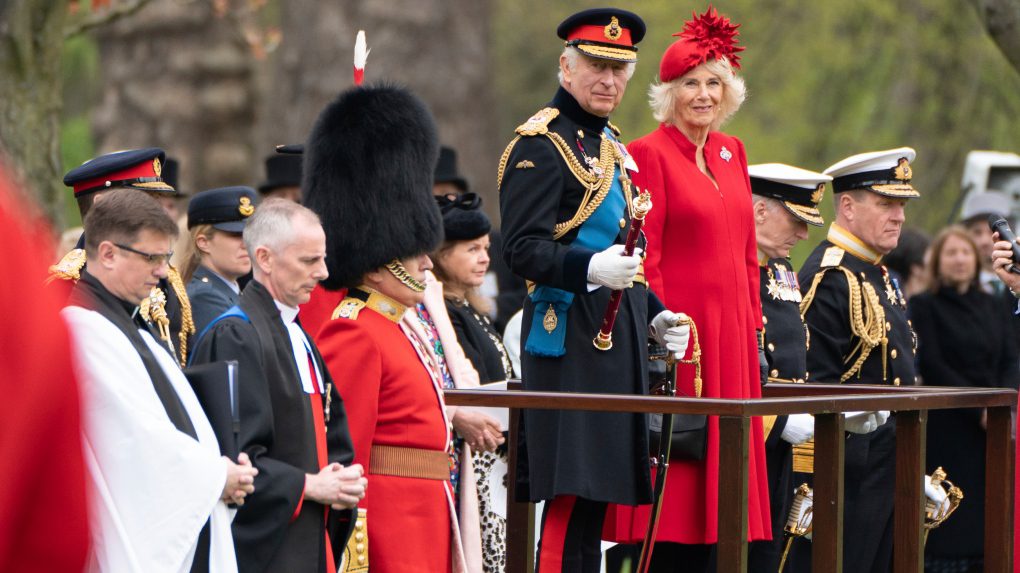Global Courant 2023-04-30 02:25:22
LONDON –
It will be a coronation of many religions and many languages.
King Charles III, eager to demonstrate his ability to be a unifying figure for all in the United Kingdom, will be crowned in a ceremony that will for the first time include the active participation of religions other than the Church of England.
Buddhist, Hindu, Jewish, Muslim and Sikh leaders will participate in various aspects of the coronation, the Archbishop of Canterbury said on Saturday, revealing details of a service it described as an act of Christian worship that will reflect contemporary society.
The ceremony will also include female bishops for the first time, as well as hymns and prayers sung in Welsh, Scottish Gaelic and Irish Gaelic, as well as English.
“The service includes new elements that reflect the diversity of our contemporary society,” Archbishop Justin Welby, spiritual leader of the Church of England, said in a statement. “It is my prayer that all who participate in this service, believers or not, will find ancient wisdom and new hope that bring inspiration and joy.”
The coronation ceremony reflects Charles’ efforts to show that the 1,000-year-old monarchy is still relevant in a country that is much more diverse than when his mother was crowned 70 years ago. Although the King is the Supreme Governor of the Church of England, the latest census showed that less than half of the population now defines itself as Christian.
Built around the theme of “Called to Serve”, the coronation service will begin with one of the congregation’s youngest members – a Chapel Royal chorister – greeting the King. Charles will answer by saying, “In his name and after his example, I come not to be served, but to serve.”
The moment is intended to underline the importance of young people in today’s world, according to Lambeth Palace, the home of the Archbishop of Canterbury.
The service will also contain many historical elements that underline the ancient traditions through which power has been transferred to new kings and queens over the centuries.
In the most sacred part of the service, the Archbishop of Canterbury will anoint the king with oil, ordain him, and set him apart from his subjects.
There will be a screen about Charles at this time and the anointing will not be visible on television or to most people in the abbey, except for some senior members of the clergy.
“When the screen around the coronation chair is removed, the king is revealed to all of us as someone who has taken on the responsibility of serving God and the people,” a Lambeth Palace spokesman said, speaking on the usual condition of anonymity .
This is followed by the presentation of the coronation regalia, sacred objects such as the orb and scepter that symbolize the monarch’s power and responsibilities.
In another innovation reflecting Britain’s changed religious landscape, members of the House of Lords from Hindu, Jewish, Muslim and Sikh traditions will present objects to the king without explicit Christian symbolism.
Then the new king is crowned and the chorus “God Save the King” is heard through the abbey.
After Charles is crowned, the traditional tributes of the peers will be replaced by a ‘tribute to the people’, inviting people in the abbey and those watching on television to affirm their allegiance to the king.
Camilla will then be anointed, in a form similar to that of Queen Elizabeth, the Queen Mother, in 1937. However, Camilla’s anointing will not be hidden behind a screen.
The congregation is also invited to say the ‘Lord’s Prayer’ in the language of their choice.
Just before Charles departs in the Gold State Coach for a procession through the streets of London, the leaders and representatives of faith communities greet in chorus. The greeting will not be amplified out of respect for those who observe the Jewish Sabbath and are not allowed to use electrical appliances, Lambeth Palace said.







